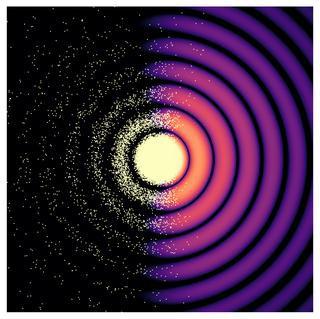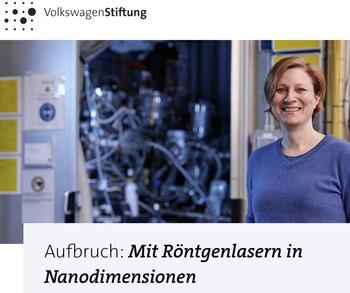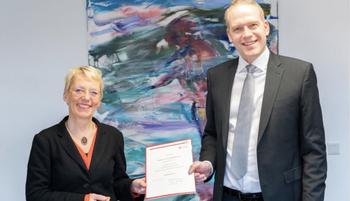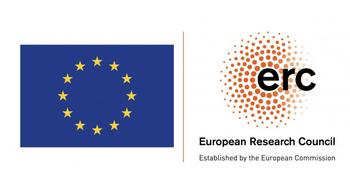Advanced methods in X-ray imaging
Combining high spatial and temporal resolutions in X-ray imaging
We develop new X-ray imaging techniques which expand our capabilities to visualize non-equilibrium dynamics with high spatial and temporal resolutions at the single particle level. Most imaging approaches are severely limited when a combination of high spatial high spatial resolution and extreme shutter speed is required. Ultrafast optical approaches have a rather coarse resolution due to the long wavelength. Conversely, electron microscopy can yield atomic resolution but demands a rather long exposure time. Therefore ultrafast processes in free nanometer-sizes particles cannot be directly imaged with conventional methods. However, the ability to follow dynamics in nanostructures in native environment is of utmost importance to research fields ranging from climate modeling science, catalysis, chemistry, nanotechnology and material science.
Our group exploits the amazing power of X-ray Free-Electron-Lasers to break current limitations of state-of-art microscopes. We carry out experiments here in Hamburg (FLASH, EuXFEL) and world-wide (LCLS in USA, SACLA in Japan, PAL XFEL in Korea and SwissFEL in Switzerland).

News
A new frontier in understanding electron dynamics: imaging with attosecond X-ray flashes
21 January 2025
A team of researchers from the University of Hamburg and collaborators has achieved a breakthrough by capturing images of individual nanoparticles using single X-ray attosecond pulses. This advancement, which has been published in Nature Communications., sets the stage for high-resolution snapshots of dynamic phenomena such as chemical reactions and phase transitions, with an unprecedented temporal precision.
Tais Gorkhover re-elected to KFS
01 November 2023
The Committee Research with Synchrotron Radiation is an elected body which represents the interest of synchrotron radiation users (including FEL) in Germany to politics and large-scale facilities. Representatives of the synchrotron facilities and the project management are guests in the KFS, faciliating the direct dialogue.
Volkswagen foundation article
25 October 2023
Many thanks to the Volkswagen foundation for highlighting our research!
Stephan Kuschel accepts a professorship at TU Darmstadt
01 March 2023
Our group member Dr. Stephan Kuschel has accepted a "Ruf" to a W2 tenure track position at the TU Darmstadt. Congratulations to Dr. Stephan Kuschel!
Tais Gorkhover receives ERC Starting Grant "HIGH-Q"
01 January 2022
Tais Gorkhover, professor in the Department of Physics and an associated researcher in The Hamburg Center for Ultrafast Imaging: Cluster of Excellence Advanced Imaging of Matter, is using extremely short X-Ray flashes of just a few femtoseconds to light up her research specimens. Despite extensive efforts, it was not possible in the last few years to substantially improve the spatial resolution of the pictures beyond just a few nanometers. With the ERC Starting Grant, researchers in the HIGH-Q project should now be able to jump that hurdle by exploiting phenomena hitherto virtually unexplored.




